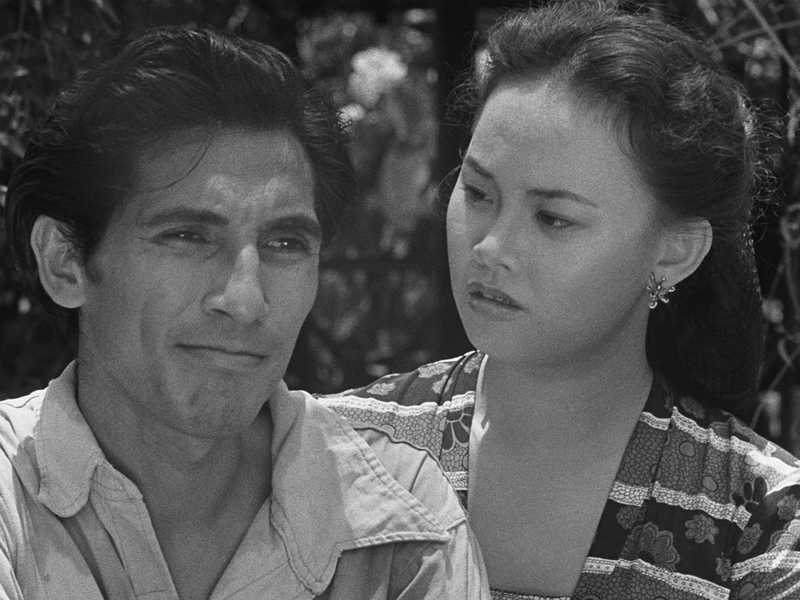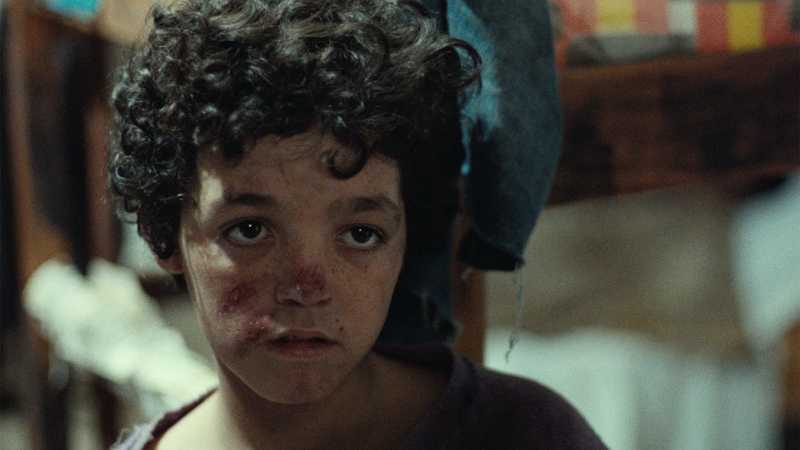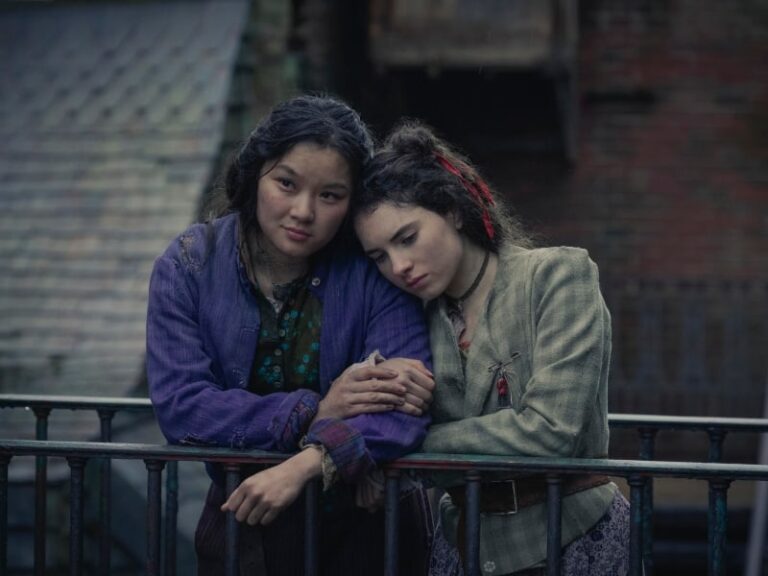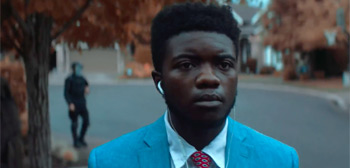Immerse Yourself in Martin Scorsese’s World Cinema Project #3

Martin Scorsese’s World Cinema Project began in 2007, with a commitment to restoring and releasing films from parts of the world where filmmaking was difficult for political and cultural reasons. While some of these restorations resulted in films or at least works by filmmakers who had been recognized, some never would have found their way to a modern audience without WCP. As streaming service gatekeepers seem to be reducing the chances for people to see international cinema more than enabling it—yes, the Criterion Channel has a healthy foreign selection, and so does Kanopy and Mubi, but the “major” streamers like Netflix and Hulu are depressingly thin—releases like Criterion’s “World Cinema Project #3” feel more and more like a gift. Six films restored by the WCP are included in this multi-disc set from Criterion, including two films per Blu-ray and single DVDs for each title. Each release is accompanied by an informative introduction by Martin Scorsese, briefly detailing the history of the film, and one only wishes they were longer than two minutes. But Scorsese doesn’t want to draw focus here, and he allows this diverse, international array of cinema to speak for itself.

Take “After the Curfew,” recognized as the first Indonesian film ever made. Released in 1954, the movie by Usmar Ismail spoke to the history of its country, telling the story of a former freedom fighter who can’t readjust to civilian life after the revolution that granted Indonesia independence from the Netherlands. This film really exemplifies the overall purpose of the World Cinema Project in so many ways. For one, it is deeply specific to its time and place, telling a story of postcolonialism in Indonesia in way that an outsider never could. It has a cultural specificity that feels essential to the films that WCP and Criterion chooses for these releases. But it is also not merely a historical document. Ismail’s use of light and shadow doesn’t reflect a culture crawling before it can walk in cinematic terms as much as a director who clearly watched works from around the world to adapt their visual language to his own purposes. It’s a fascinating piece of work.
So is the formally breathtaking “Lucia,” a Cuban film from 1968 that runs nearly three hours, telling a triptych story of three women named Lucia across three distinct time periods in the history of the country. Director Humberto Solás tackles the tumultuous history of his people by dropping viewers into 1895, 1932, and the 1960s, detailing how much progress comes through pain and often at the cost of humanity. It is a visually stunning movie—each section has a different visual language—and sometimes shockingly surreal, playing out unlike anything Criterion has released in a long time. That’s another benefit of these releases—they pull a collection that’s often defined by white, European filmmakers to other parts of the world.

Héctor Babenco is probably the best known of the filmmakers in this set, as the Argentinian filmmaker would go on to direct “Kiss of the Spider Woman,” “Ironweed,” and “At Play in the Fields of the Lord.” Even the film included here in the set received the widest international release of the six, 1980’s “Pixote,” a film that Roger Ebert considered a Great Movie, writing, “”Pixote” stands alone in his work, a rough, unblinking look at lives no human being should be required to lead. And the eyes of Fernando Ramos da Silva, his doomed young actor, regard us from the screen not in hurt, not in accusation, not in regret—but simply in acceptance of a desolate daily reality.”
If Babenco’s film is well-known when compared to other films in the WCP, its Blu-ray disc-mate is the opposite. Even Scorsese himself, one of the smartest people alive when it comes to world cinema, admits he hadn’t seen or considered Juan Bustillo Oro’s “Dos Monjes” before this project started, but the WCP went to historians around the world asking for suggestions. Oro’s movie is something else, one of the first Mexican sound films, and a melodrama that draws heavily from the German Expressionism movement while also echoing Universal monster movies being made around the same time. Released in 1934, it’s the story of a new monk at a cloister who is recognized and despised by one of the brothers there. The film then shifts to two flashbacks of the same story, long before “Rashomon,” to tell the story of their shared past. It’s a visually striking, surreal experience, and maybe my favorite film in this set.
Finally, “Martin Scorsese’s World Cinema Project #3” travels to the incredibly distinct cultures of Mauritania and Iran for the last disc in this set. Med Hondo’s “Soleil Ô” was released in 1970 and reflects its Mauritanian director’s culture and politics at the time through the story of an immigrant who travels from West Africa to Paris trying to find work, but only finding aggression. And then there’s Bahram Beyzai’s “Downpour,” a 1972 work credited with helping start the Iranian New Wave. Restored from the only surviving print, it’s another example of how the World Cinema Project isn’t just bringing films to people who might not otherwise have a chance to see them but actually rescuing and salvaging cinema from around the world. May they never stop.
Get your copy of “Martin Scorsese’s World Cinema Project #3” here. Note: some of these films are also available on the Criterion Channel.





